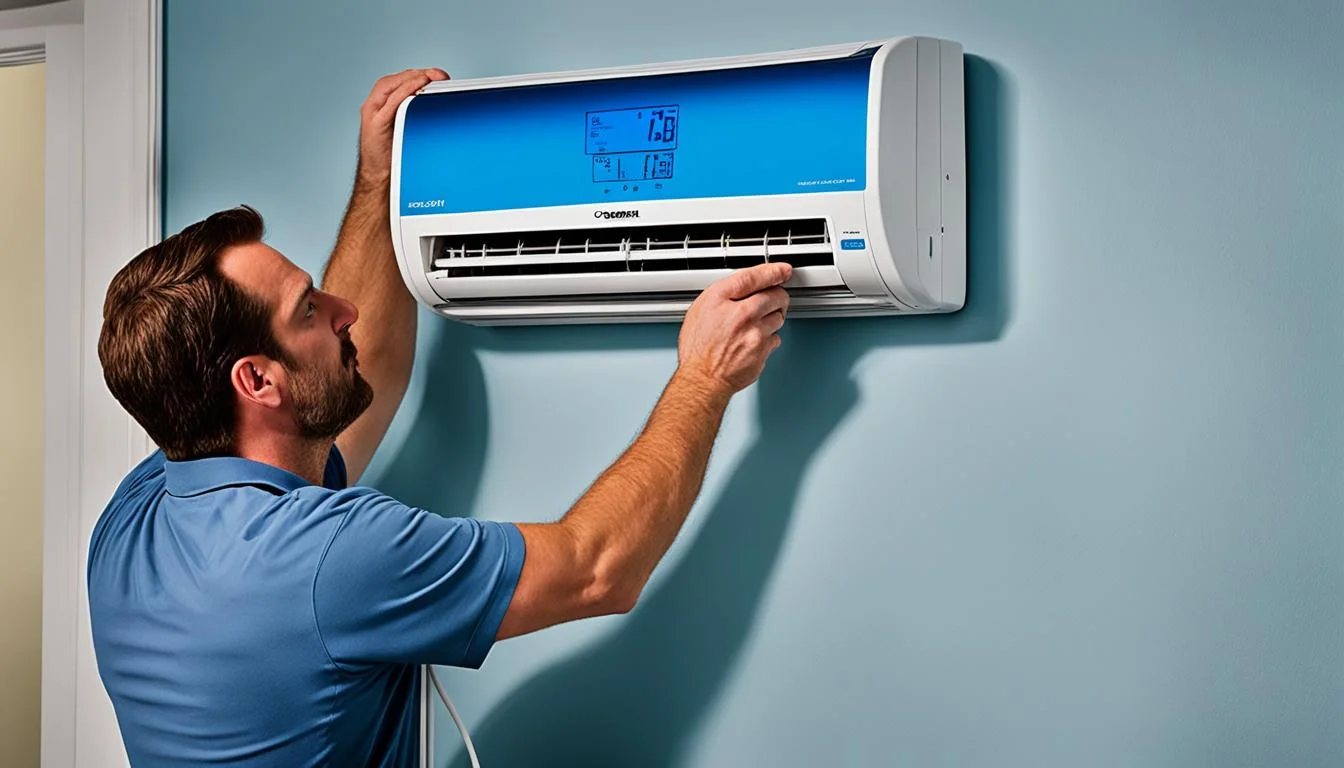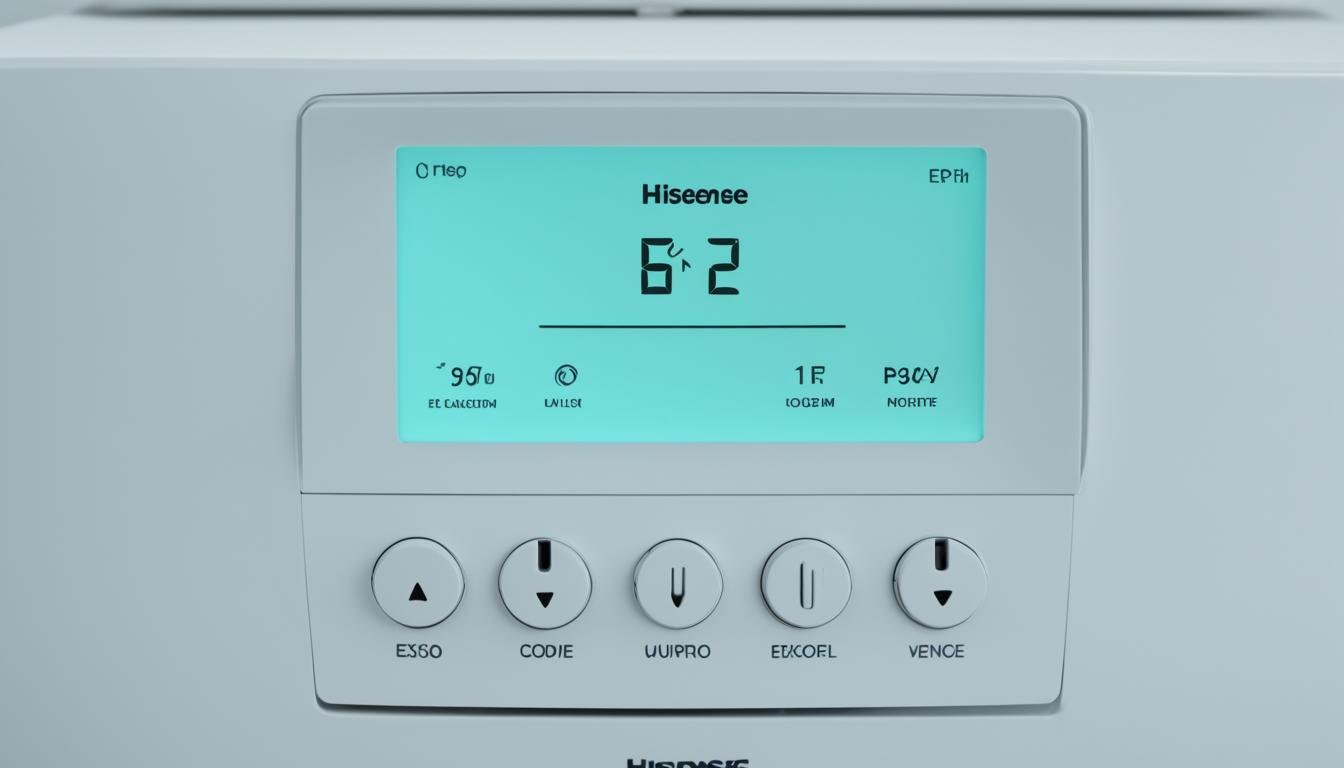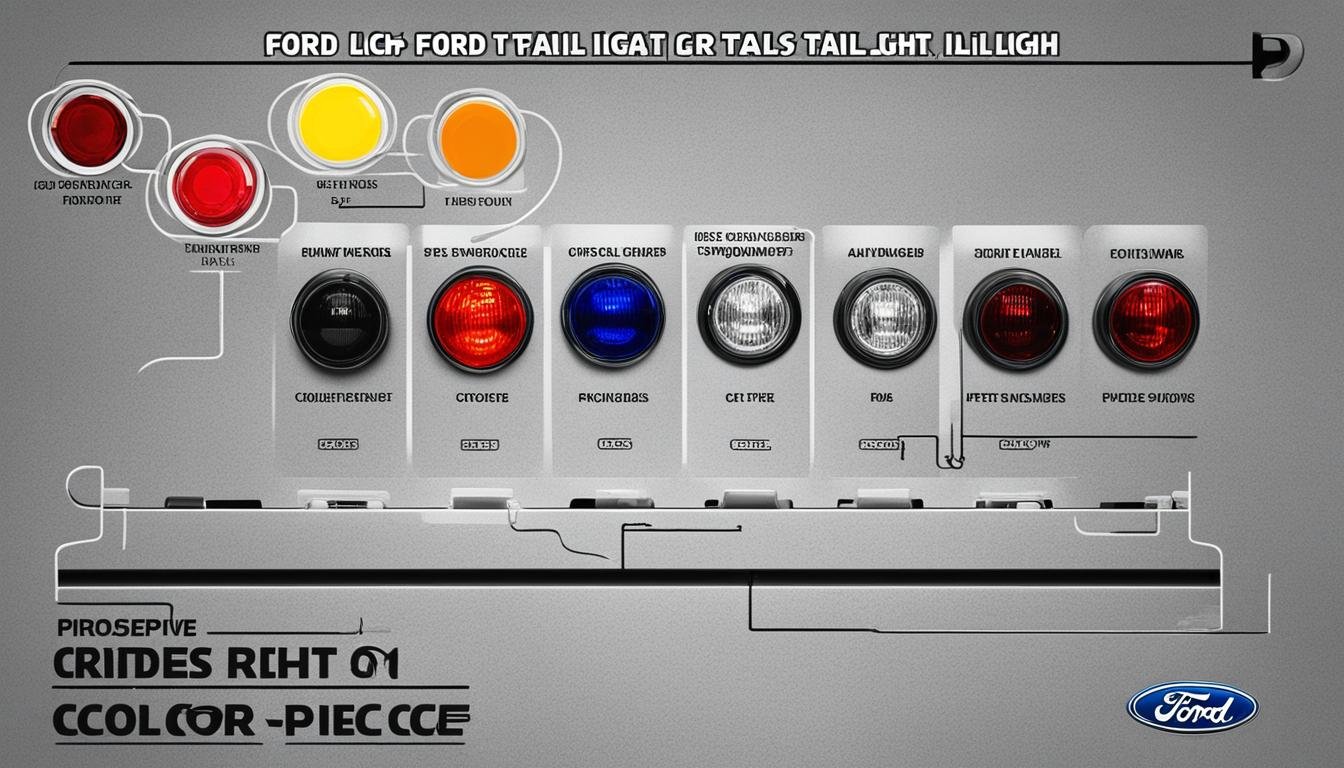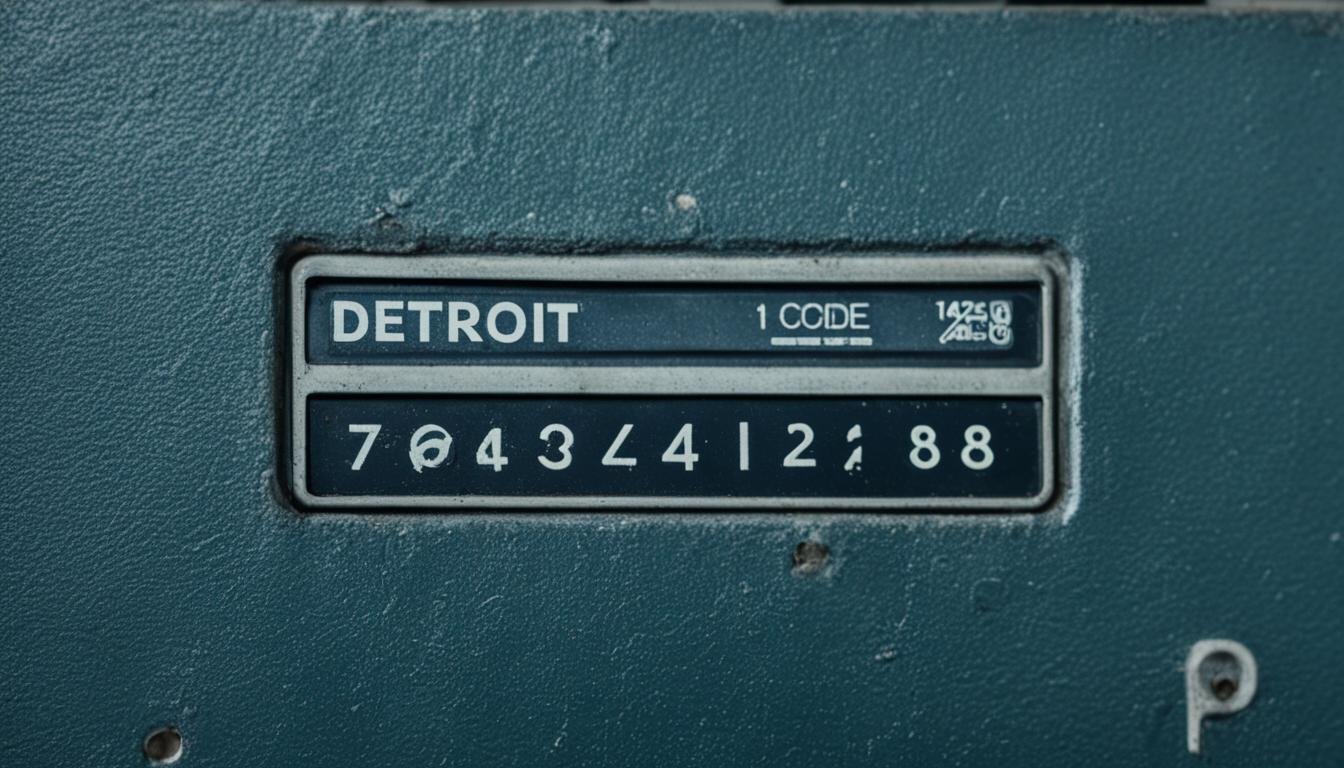Did you know that when a mini split unit displays an F4 error code, it indicates there is an EEPROM error?
An EEPROM is a small storage space that contains the code for a mini split to operate. The F4 code specifically refers to an outdoor EEPROM error. This means that the main chip of the outdoor PCB cannot receive feedback from the EEPROM chip, causing this error.
If you’re experiencing this issue with your Confortotal mini split, don’t worry, we’ve got you covered. In this article, we will guide you through the steps to fix the F4 error code and get your mini split running smoothly again.
Key Takeaways:
- An F4 error code on a mini split indicates an outdoor EEPROM error.
- To fix the F4 error, try power cycling the unit by turning it off and disconnecting the power for a few minutes before turning it back on.
- If the error persists, it may be necessary to replace the indoor or outdoor PCB.
- Checking and re-seating all the wiring connections on the PCB board may help clear the error.
Mini Split Error Codes and Troubleshooting
Mini split systems utilize error codes to indicate potential issues with the unit’s functionality. These error codes serve as valuable diagnostic tools, allowing users to identify specific problems and facilitate troubleshooting. By understanding and interpreting these error codes, you can effectively address any issues that may arise during the operation of your mini split system.
Some common error codes that may appear on mini split systems include EEPROM errors, communication errors between indoor and outdoor units, fan speed errors, and temperature sensor errors, among others. Each error code corresponds to a specific problem, leading to targeted troubleshooting solutions.
EEPROM Errors
EEPROM errors involve issues with the mini split’s storage space, which contains essential operational data. If an EEPROM error code is displayed, it typically signifies a problem with the outdoor EEPROM, affecting the communication between the main chip and the EEPROM chip.
To troubleshoot this issue, you can try power cycling the unit by turning it off and disconnecting the power for a few minutes. This action allows the system to reset and can often resolve minor errors. If the error code persists after power cycling, it may indicate a more significant problem that requires professional attention. In such cases, it may be necessary to replace either the indoor or outdoor PCB, or both, to restore proper functionality.
Communication Errors
Communication errors can occur between the indoor and outdoor units of a mini split system due to various factors, such as loose connections or wiring issues. When a communication error is detected, the system may display a specific error code related to this issue.
To troubleshoot communication errors, it is essential to thoroughly inspect all wiring connections between the indoor and outdoor units. Ensure that all connections are secure and properly seated. If any loose or damaged cables are found, they should be repaired or replaced accordingly.
Fan Speed Errors
Mini split systems rely on different fan speeds to regulate airflow and maintain optimal temperature levels. In the event of a fan speed error, the system may show a corresponding error code.
To address fan speed errors, it is recommended to check the fan motor and its associated components for any damage or malfunction. Clean any dirt or debris that may be obstructing the fan’s operation, as this can affect its speed and performance. If the issue persists, professional assistance may be required to diagnose and resolve the underlying problem.
Temperature Sensor Errors
Temperature sensor errors indicate a problem with the sensors responsible for measuring the ambient temperature. These errors may manifest as inaccurate temperature readings or a failure to communicate temperature data to the control system.
If a temperature sensor error occurs, it is advisable to check the sensors for any looseness, damage, or dirt accumulation. Clean the sensors carefully to ensure accurate temperature readings. If the error persists, the sensors may need to be replaced to restore accurate temperature measurement.
While error codes can provide valuable insights into system malfunctions, it is crucial to note that regular maintenance plays a pivotal role in preventing such errors from occurring. By practicing routine maintenance, such as cleaning filters and regularly inspecting the system for debris, you can prolong the life of your mini split and minimize the occurrence of error codes.
By understanding the significance of mini split error codes, you can confidently troubleshoot and resolve any issues that may arise. However, for complex or persistent errors, it is always recommended to consult a professional HVAC technician to ensure accurate diagnosis and effective solutions.
Regular Maintenance and Care Tips for Mini Split Systems
To ensure optimal performance and longevity of your mini split system, regular maintenance is essential. Schedule maintenance visits with a professional HVAC technician at least twice a year. During these visits, filters will be cleaned or replaced, debris will be cleared from the outdoor unit, valves will be checked, and coils will be cleaned. The technician will also check for refrigerant leaks and address any potential issues with wiring, sensors, or the PCB.
In addition to professional maintenance, there are steps you can take to care for your mini split system. Keep debris, overgrown landscaping, and snow away from the outdoor unit. This helps ensure proper airflow and prevents damage to the system. Check filters regularly and replace them as needed to maintain efficient operation. Clogged filters can lead to poor air quality and reduced performance.
Pay attention to any unusual sounds, smells, or temperature fluctuations coming from your mini split system. These could be indicators of underlying issues that require professional attention. Ignoring these signs may lead to more significant problems down the line. By promptly addressing any problems and contacting a professional for mini split troubleshooting, you can prevent costly repairs and ensure that your mini split system operates efficiently and reliably for years to come.
FAQ
How can I fix the F4 error code on my Confortotal mini split?
The F4 error code on a Confortotal mini split indicates an outdoor EEPROM error. To fix this issue, try power cycling the unit by turning it off and disconnecting the power for a few minutes before turning it back on. If the error code persists, it may be necessary to replace the indoor or outdoor PCB. Checking and re-seating all the wiring connections on the PCB board may also help clear the error.
What do mini split error codes mean and how can I troubleshoot them?
Mini split error codes are codes that indicate problems with the unit. These codes can help identify the specific issue and guide troubleshooting. Common error codes include EEPROM errors, communication errors between indoor and outdoor units, fan speed errors, temperature sensor errors, and more. When an error code appears, it is important to clear it by turning off the unit and resetting the power. If the error code persists, it may indicate wiring issues, faulty sensors, or a malfunctioning PCB.
How can I perform regular maintenance and care for my mini split system?
To ensure optimal performance and longevity of your mini split system, regular maintenance is essential. Schedule maintenance visits with a professional HVAC technician at least twice a year. During these visits, filters will be cleaned or replaced, debris will be cleared from the outdoor unit, valves will be checked, and coils will be cleaned. The technician will also check for refrigerant leaks and address any potential issues with wiring, sensors, or the PCB. In addition to professional maintenance, there are steps you can take to care for your mini split system. Keep debris, overgrown landscaping, and snow away from the outdoor unit. Check filters regularly and replace them as needed. Pay attention to any unusual sounds, smells, or temperature fluctuations and contact a professional if needed. By following these maintenance and care tips, you can ensure that your mini split system operates efficiently and reliably.






Leave a Reply